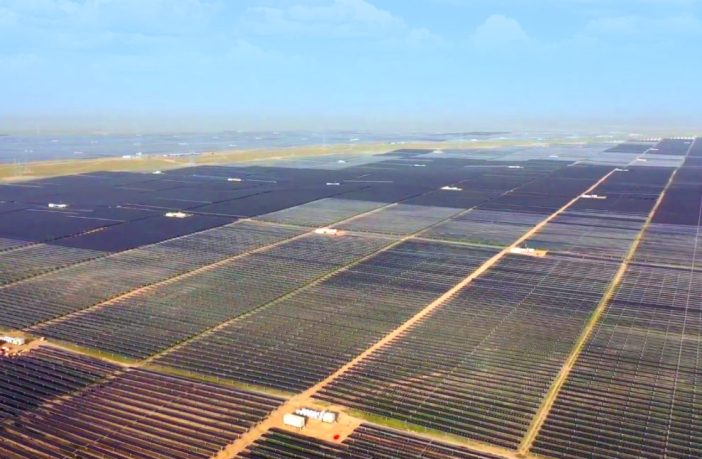- China’s NEA and SGCC are contemplating whether to increase the 5% of output that can currently be curtailed from wind and solar projects.
China’s National Development and Reform Commission (NDRC) and the NEA introduced a 5% curtailment cap in 2018. This meant that the utilization rates of solar and wind power projects in specific Chinese provinces could not fall below 95%.
At the time, the objective was meant to ensure the efficient utilization of renewable energy installations and protect the investment returns of power companies. However, the enforcement of this policy has imposed strict limitations on the scale of renewable energy projects, particularly in regions with high abandonment rates, where the approval and development of new projects have been severely limited.
Despite advancements in solar technologies that have led to a notable reduction in installation costs and better returns on investment for power projects, state-owned energy companies are constrained by the current curtailment regulations in setting installation targets. As a result, many projects struggle to secure approval for construction. In addition, the State Grid’s ambitious ultra-high voltage transmission network, which requires substantial investment and is progressing slowly, has not been able to effectively address the issue.
Numerous local governments have also shown support for renewable energy consumption. For instance, the Jiangxi Energy Bureau has put forward a policy to encourage the expansion of distributed rooftop PV. Similarly, the government of Tibet has introduced a program for the development of new energy sources in the region, due to the need to accelerate the construction of grid-connection projects.
As a result, there is a growing call for the expansion of the curtailment limit to foster industry growth. Industry insiders have told pv magazine that this could lead to a significant increase in permits for new renewable energy installations, including wind and solar. The move is expected to have a substantial impact on expanding the industry in 2024 and beyond, despite potentially lower returns on investment for projects. The primary focus is on increasing installation rates, which is seen as more crucial for the industry
Author: Vincent Shaw
This article was originally published in pv magazine and is republished with permission.















